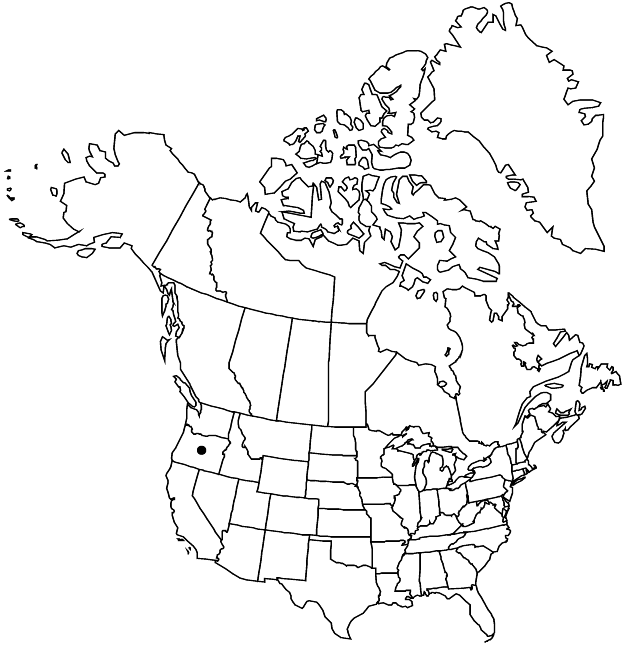Difference between revisions of "Sagina subulata"
Fl. Sicul., 158. 1826.
FNA>Volume Importer |
FNA>Volume Importer |
(No difference)
| |
Revision as of 22:34, 16 December 2019
Plants perennial, cespitose, frequently forming dense mats or tufted, glandular-pubescent or glabrous. Stems ascending or decumbent, few-branched, not filiform, densely glandular-pubescent, or less frequently glabrous; horizontal stems becoming slightly woody with extensive mat formation. Leaves: axillary fascicles absent; basal forming tufts, blade linear, curled inward, 3–12 mm, not fleshy, apex long-aristate, aristae equaling or exceeding leaf width, densely glandular-pubescent, or with glandular hairs restricted to margins, and then often minutely glandular-ciliate, rarely glabrous; cauline connate basally, forming conspicuous cup, blade linear-subulate, 3–10 mm, scarious. Pedicels filiform, densely to weakly glandular-pubescent. Flowers axillary or terminal, usually solitary, 5-merous, rarely 4- and 5-merous; calyx bases glandular-pubescent; sepals elliptic, 1.5–2 mm, hyaline margins white, apex obtuse to rounded, glandular-pubescent, remaining appressed following capsule dehiscence; petals elliptic, 1.5–2 mm, shorter than or equaling sepals; stamens (8 or) 10. Capsules 2–3(–3.5) mm, slightly longer than sepals, dehiscing to base. Seeds brown, obliquely triangular with abaxial groove, 0.4(–0.5) mm, smooth.
Phenology: Flowering mid-late summer.
Habitat: Wet, gravelly sands of stream margins
Elevation: 0-1800 m
Distribution

Oreg., Mexico (Baja California Sur), Europe.
Discussion
Three specimens from the alpine zone of Steens Mountain, Harney County, are referable to Sagina subulata. Introduction of the species into that remote area is without explanation.
A strongly mat-forming cultivar of Sagina subulata is sometimes grown as a ground cover; plants flower profusely, but no subsequent capsule development typically occurs. The cultivar differs from the native European mat-forming plants by being glabrous except for the minutely glandular-ciliate leaf margins. Occasional waifs have been collected in the San Francisco area of California.
Selected References
None.